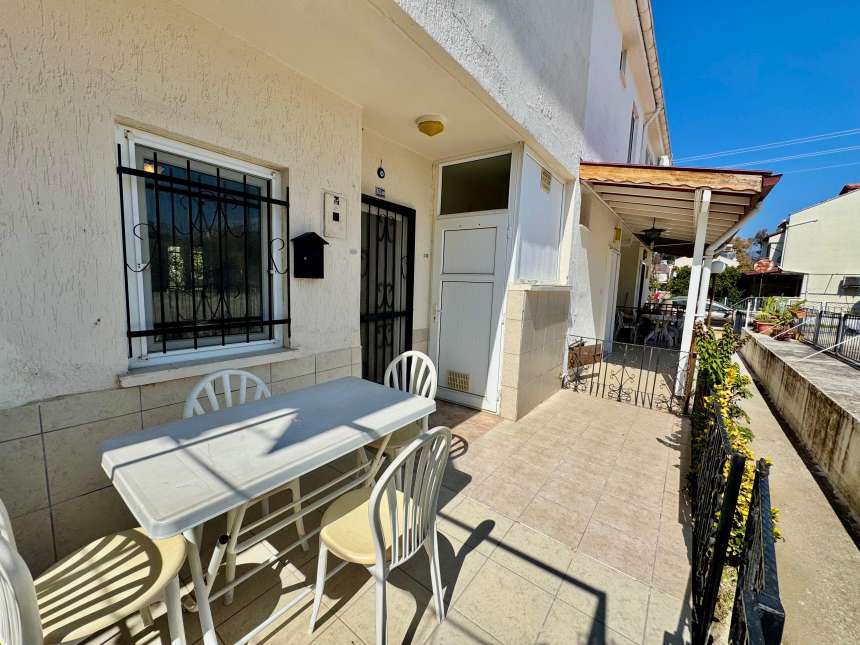3 Traditional Turkish Art Forms
Traditional Turkish art is a perfect collection of the country’s creative journey over many centuries. Whether portraying real life, landscapes, people or abstract patterns, the skills involved in creating masterpieces are just as amazing as the finished piece.
Throughout time, as well as leaving a legacy of their work, some artists were part of a more significant movement that aimed to hand skills down through generations through mentoring and tutoring.
Unfortunately, as trends changed, and modern lifestyles took over, at one point, it looked like certain art forms had died out. Until now. As the world now actively encourages creativity and individual thinking, conventional Turkish art styles are making a comeback.
3 Traditional Turkish Art Forms
Ottoman Miniature Painting
Closely linked with the Persian painting style of the same name, Chinese art also influenced Ottoman miniature paintings. Often made into books, two or more artists could work on miniature paintings, using vibrant dominant colours such as red, green and blue in the process. Although the niche died off after the introduction of the printing press, it became an iconic artistic style because of detail and heavy use of straight lines.

Ebru: (Turkish Marbling)
In recent years, Turkish artists have revived Ebru, known in the western world as marbling. Although it exists in other countries, Ottomans excelled at it and Istanbul, or Constantinople as it known in those days, became a centre of excellence.
What makes Ebru different from other art forms is the picture isn't created on the canvas. Artists drop special paint into water mixed with oil, form intricate patterns or pictures on that, and then lay paper or textiles onto the water to absorb the design. Prints are framed or used as book covers, and this remarkable process is often used for flowers and mandala patterns.

Islamic Calligraphy
Also stemming from the Ottoman days, artisans narrowed down the calligraphy niche for Islamic texts. Quoting passages from the Quran, you can see ancient forms in historical landmarks like the Hagia Sophia of Istanbul.
Ottoman artists didn’t just stop there though. Anyone who worked for sultans trained in Diwani, a more precise form of calligraphy with more intricate details and the Ottoman Sultan Suleyman, the magnificent, favoured it, often using it in royal decrees and announcements.
Who Was Osman Hamdi Bey?
Throughout the history of art, many people have earned fame for their excellence. One of the most notable in Turkey is Osman Hamdi Bey who helped set up the Istanbul Archaeology Museums.
After studying law in Istanbul and Paris, he expressed an interest in painting. Influenced by French painters, Jeon Gerome, and Gustave Boulanger, Osman found his natural calling. Experts praised his works, featuring lifelike figures for their sharp and exact detailing.
However, the pinnacle of his career was to come 100 years after his death, when his painting, The Tortoise Trainer sold for 3.5 million dollars, setting a record for art sales across the world. Enthusiasts visiting Istanbul can see the picture on display at the Pera museum of Beyoglu.

The Legacy of Hoca Ali Riza
While Osman Hamdi Bey used lifelike figures in his painting, Hoca Ali Riza’s legacy was as a landscape painter, who was part of the 19thcentury impressionism movement that changed the future of art for generations to come.
Living in Istanbul, Osman Nuri Pasha, an Ottoman court painter, and Suleyman Seyyid Be, who excelled in still-life paintings were his mentors during the first half of his career. Towards the end, he spent time as a war artist during the Greek-Turkish war before becoming a tutor. Alas, he was another painter, who became more famous after his death.
Art Forms Making a Comeback
As much as the world seems to progress at a fast pace, some individuals are eager to revive aspects of their heritage that seem confined to the books of history. Les Turcs Workshop in Istanbul is one of many studios driving the revival of traditional Turkish art forms.
With lessons in Ebru painting, and Islamic calligraphy, they encourage creativity, through time-honoured traditions and practises, and participants have the chance to learn and enjoy themselves at the same time.
You Might Also Like to Read
Istanbul Art Spaces: As the cultural hub of Turkey, Istanbul’s galleries present fantastic collections of traditional and modern pieces for today’s avid enthusiasts.
Istanbul: Home of Cool Fashions: The city’s creative hubs are alive with today’s younger generations striving to push the boundaries of art, culture, fashion and architecture. Find out where to go in Istanbul so you can tap into these creative vibes.









